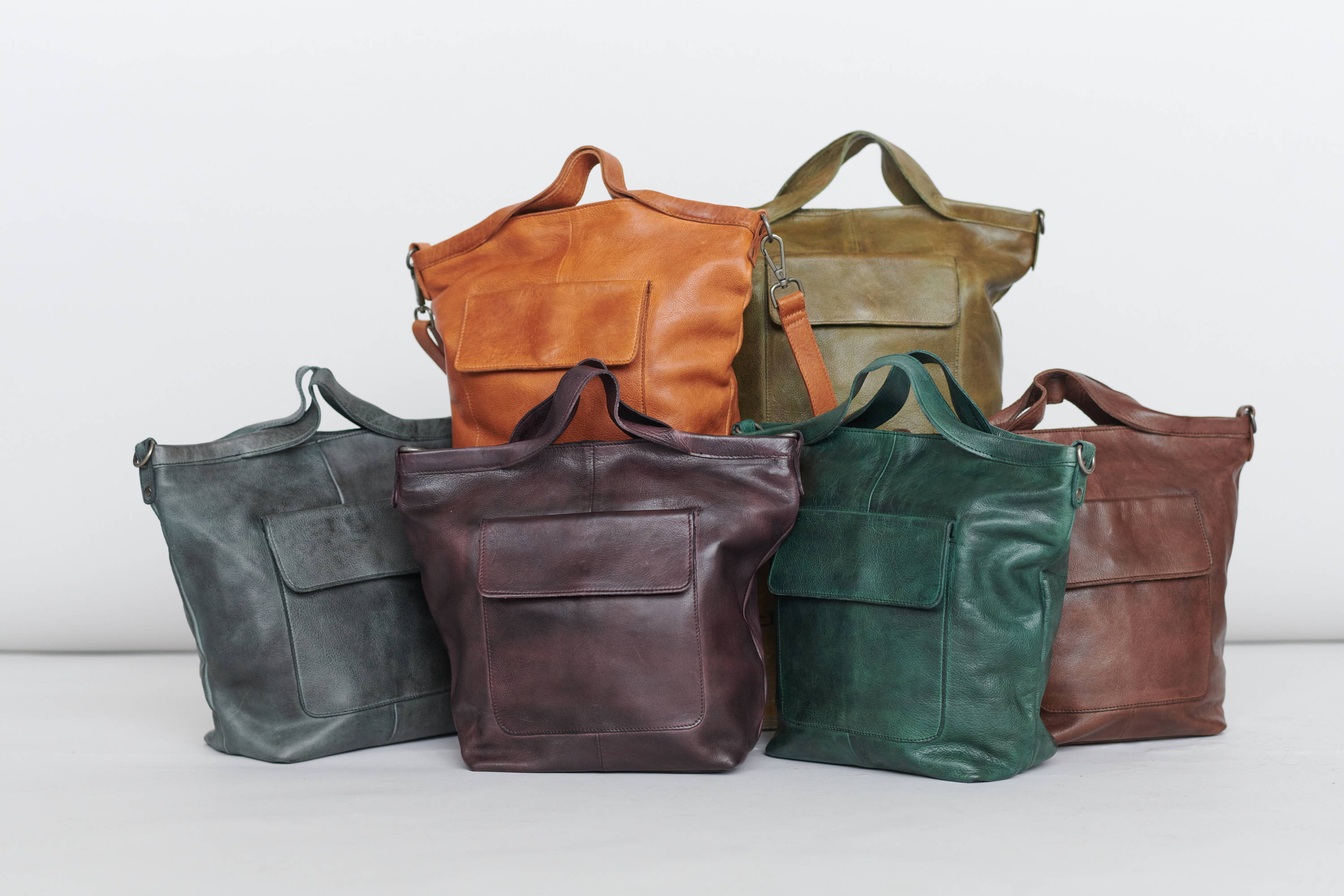It is essential to clean a leather bag before restoring it. Over time, dirt, dust, and oils can accumulate on the surface, making the leather look dull and lifeless. Proper cleaning removes impurities like chewing gum from leather and prepares the leather for restoration.
Gather the necessary supplies: Gather a soft cloth or sponge, a small bowl, lukewarm water, and mild leather cleaner formulated for your bag's leather type.
Test the cleaner: To maintain the appearance of your bag during cleaning, test the cleaner on a small and concealed area first to ensure it won't cause damage or discoloration. If you observe any adverse reactions, such as color transfer or fading, discontinue using the cleaner and try an alternative option.
Remove surface dirt: First, wipe the bag with a clean, dry cloth to remove any loose dirt or dust from the surface. This step will prevent the dirt from scratching the leather during cleaning.
Dilute the cleaner: If using a concentrated leather cleaner, dilute it with lukewarm water according to the manufacturer's instructions. Pour the diluted cleaner into a small bowl.
Clean the leather: Dip the soft cloth or sponge into the diluted cleaner, wring out any excess liquid, and gently wipe the leather in small circular motions. Pay extra attention to areas with stains or heavy dirt buildup. Avoid saturating the leather with excessive liquid, as this can cause damage.
Remove excess cleaner: After cleaning, dampen a clean cloth with lukewarm water and wipe the leather to remove any residual cleaner.
Dry the leather: Allow the bag to air dry naturally in a well-ventilated area, away from direct sunlight or heat sources. Avoid using a hairdryer or artificial heat to speed up the drying process—this can cause the leather to crack or shrink.
Conditioning the leather (optional): Once the leather is dry, you may apply a leather conditioner to restore moisture and suppleness. Follow the manufacturer's instructions and apply it evenly to the bag's surface.
Note: Full-grain leather does not require conditioner – do not use conditioners on Latico Leathers' bags.
Repairing Scratches & Scuffs
After cleaning a leather bag, inspect it for scratches and scuffs. With the proper techniques and tools, you can improve the look of damaged leather.
Assess the depth of the damaged leather: Examine the scratches and scuffs. How deep are they? You can buff superficial surface scratches, but deeper scratches may require additional treatment.
Use Leather Conditioner: For light surface scratches, apply a small amount of leather conditioner to the affected area. Gently rub the conditioner into the leather using a soft cloth or your fingertips—this helps minimize shallow scratches and restore the original color and texture of the leather. Remember, this only applies to lower-quality leathers like top-grain and genuine leather, and follow a leather conditioning guide for proper application.
Try a leather repair kit: If the scratches are more severe or the leather conditioner does not fully repair the damage, consider using a leather repair kit. These kits typically include a color-matching compound or filler, an adhesive, and various tools for application.
Apply the color-matching compound: Using a small spatula or the provided applicator, apply a small amount of the color-matching compound to the scratch or scuff. Carefully follow the instructions supplied with the kit for the proper application technique.
Smooth and blend the compound: Use a soft cloth or your fingertip to blend the color-matching compound into the surrounding leather. Apply light pressure and smooth out the excess compound to achieve a seamless appearance.
Let the compound dry: Follow the recommended drying time in the leather repair kit. Avoid touching or placing objects on the repaired area.
Buff and polish: Once the compound has dried, gently buff the repaired area with a soft cloth to smooth unevenness. You can also use a leather conditioner or polish to restore the luster of the repaired section and help it match the rest of the bag.

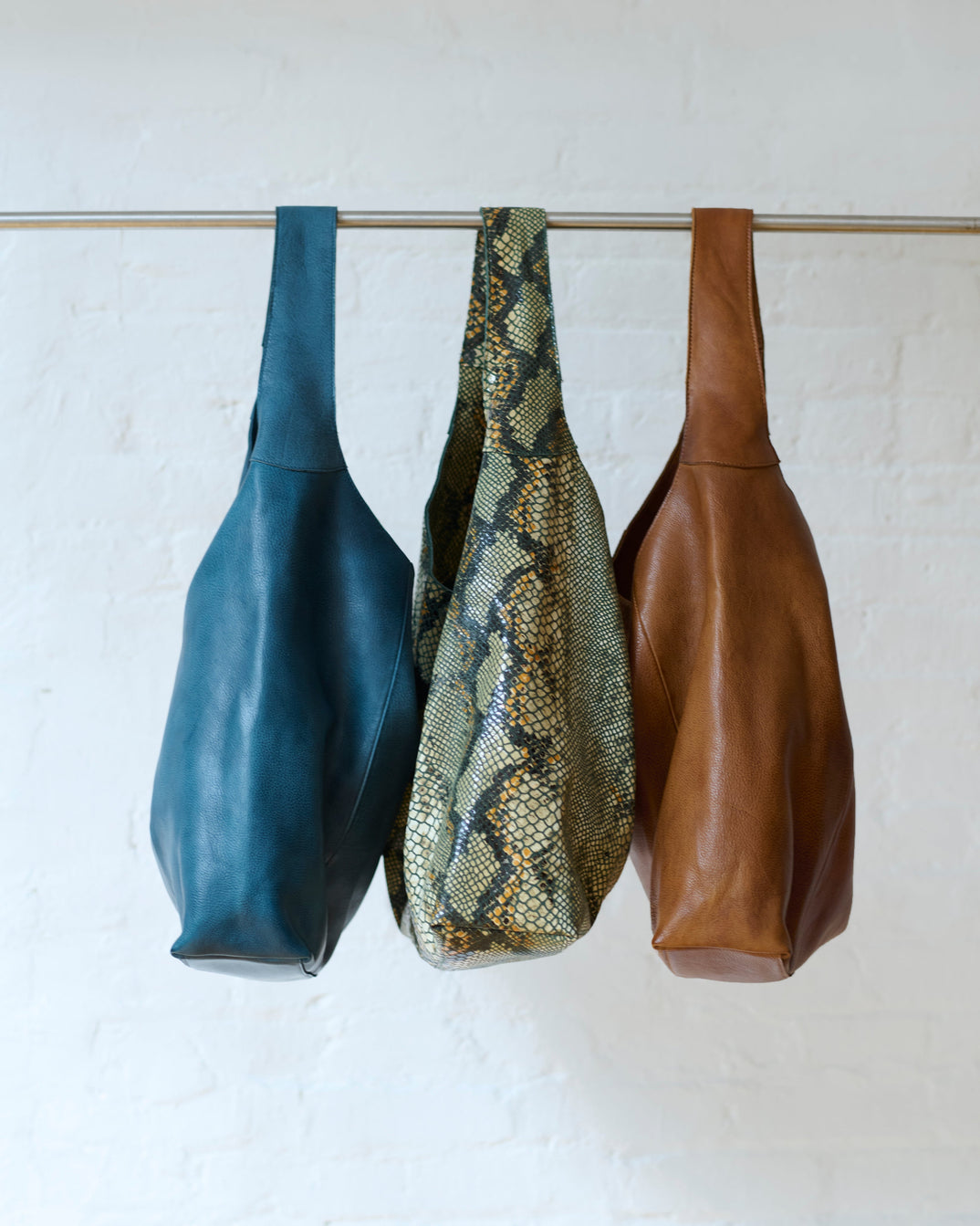
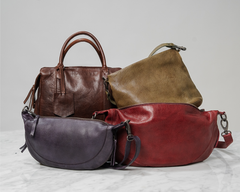

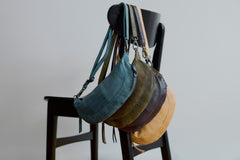
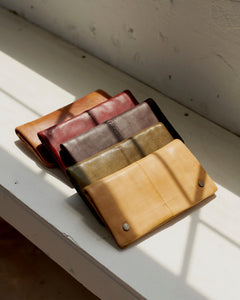

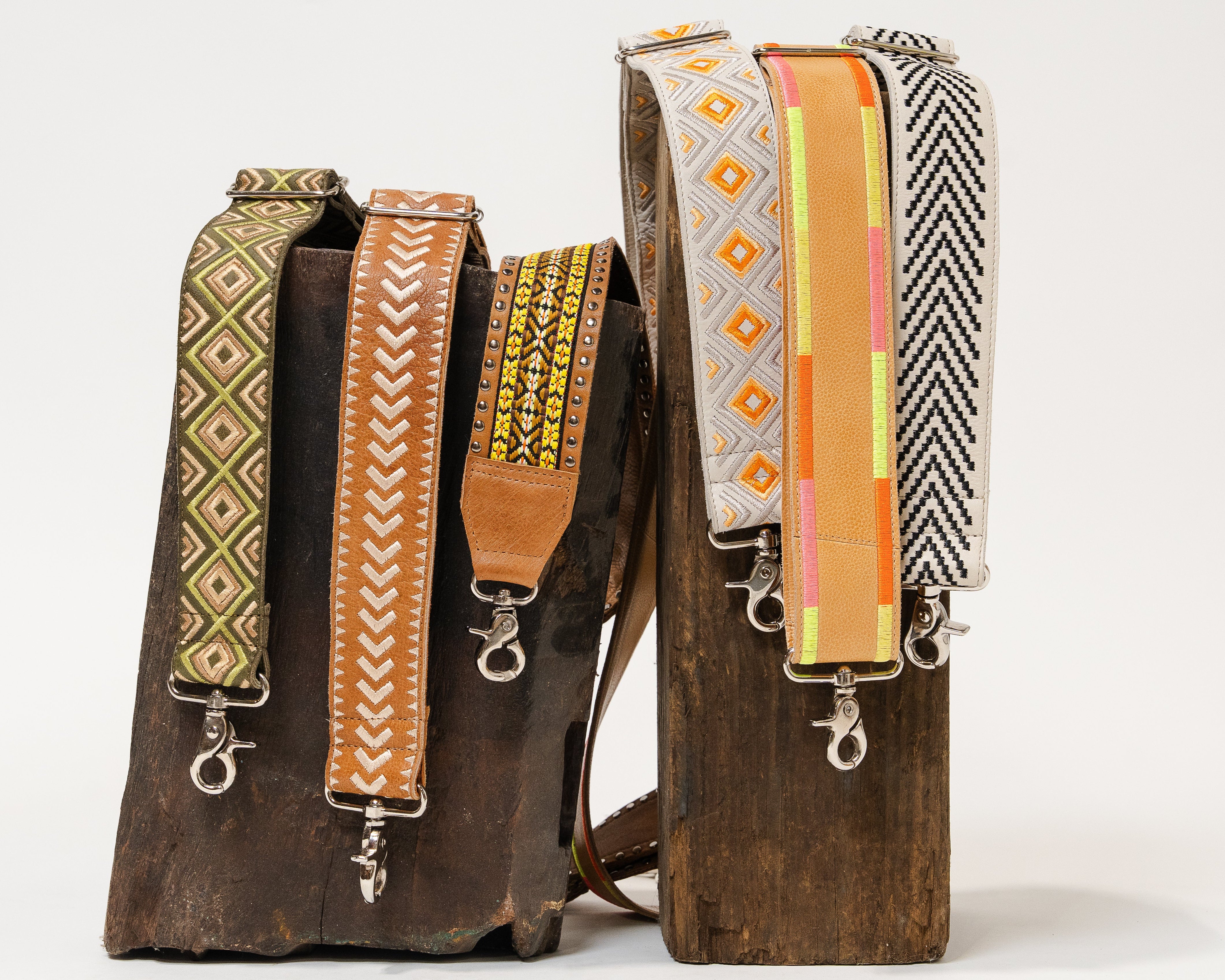
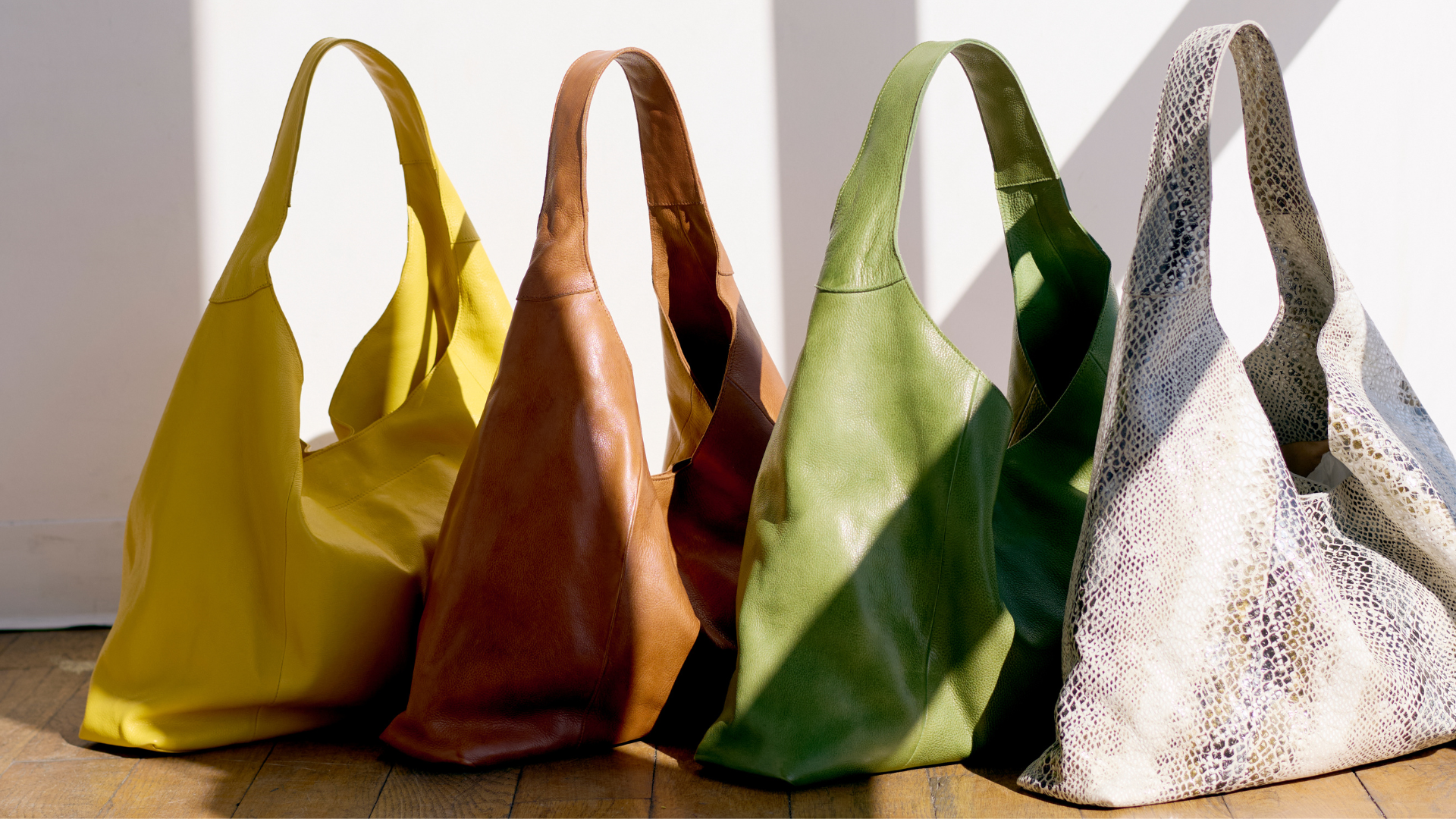
 Black
Black Bubble Black
Bubble Black Charcoal
Charcoal Cognac
Cognac Brown
Brown Cafe
Cafe Walnut
Walnut Almond
Almond Saddle
Saddle Eggplant
Eggplant Oxblood
Oxblood Burgundy
Burgundy Aubergine
Aubergine Tan
Tan Hazel
Hazel Ballet Slipper
Ballet Slipper Blush
Blush Camel
Camel Red
Red Orange
Orange Natural
Natural Burnt Orange
Burnt Orange Poppy
Poppy Plum
Plum Rosa
Rosa White
White Oat
Oat Grey
Grey Cobra
Cobra Desert Trail
Desert Trail Denim
Denim Indigo
Indigo Emerald
Emerald Teal
Teal Turquoise
Turquoise Sky Blue
Sky Blue Grass
Grass Green
Green Moss
Moss Olive
Olive Yellow
Yellow Lemon
Lemon Honey
Honey Chartreuse
Chartreuse Mustard
Mustard
